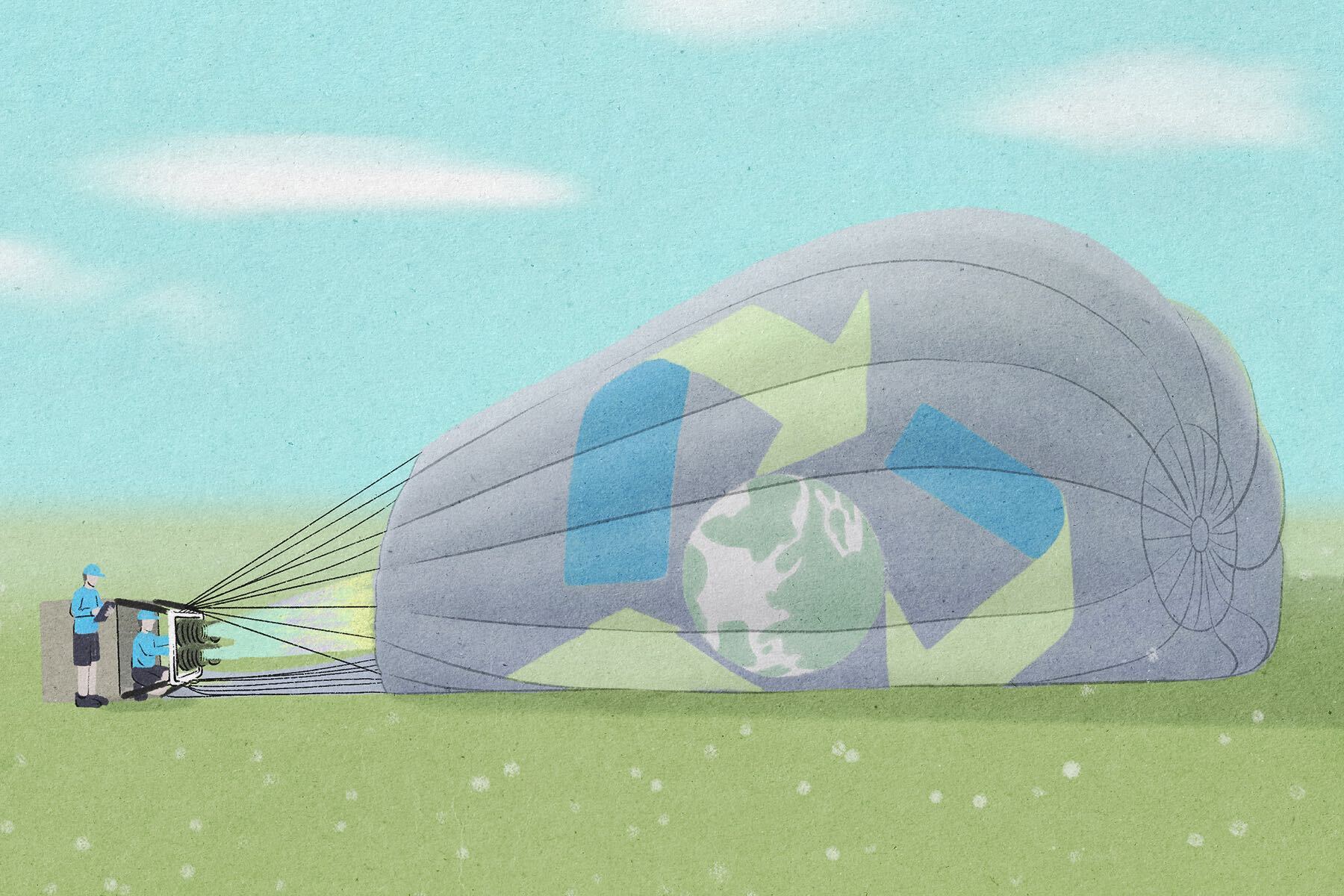Fires blazing across the West Coast threaten my home. Polluted air stings my baby cousins’ lungs in China. Hurricanes batter the Southern coast, washing out my friend’s home. As the world’s problems become increasingly connected, nations need to work together to combat obstacles. One of the answers to the world’s interconnected problems is the United Nation’s Sustainability Development Goals.
Starting in 1992, the United Nations (UN) develops a set of goals and a development agenda every few years. In 1992, they came up with Agenda 21 to better human lives and protect the environment. In 2000, they developed the Millennium Development Goals (MDGs) to tackle poverty. In 2015, they drew up a plan called the Sustainability Development Goals (SDGs) that would define the next decade and a half. For all of their importance, it remains semi-shrouded in mystery. Before this month, I have never even heard of the SDGs even though I pride myself on being an environmentalist and advocate for equal rights.
What are the SDGs?
According to the UN’s website, the SDGs address global challenges “to achieve a better and more sustainable future for all.” There are 17 goals in total:
- No Poverty
- Zero Hunger
- Good Health and Well-being
- Quality Education
- Gender Equality
- Clean Water and Sanitation
- Affordable and Clean Energy
- Decent Work and Economic Growth
- Industry, Innovation, and Infrastructure
- Reduced Inequalities
- Sustainable Cities and Communities
- Responsible Consumption and Production
- Climate Action
- Life Below Water
- Life on Land
- Peace, Justice, and Strong Institutions
- Partnerships for the Goals
With a wide range of goals to combat inequality and climate change, the Sustainability Development Goals have hundreds of indicators and targets to measure their progress. To achieve these goals, nations formed networks and agreements, such as the Sendai Framework for Disaster Risk Reduction and the Addis Ababa Action Agenda. The most famous one perhaps is the Paris Climate Change Agreement. Much to the disappointment of many Americans and other countries, President Donald J. Trump pulled us out of the Paris Climate Accord early on in his presidency.
In his statement, he smeared the agreement: “The Paris Climate Accord is simply the latest example of Washington entering into an agreement that disadvantages the United States to the exclusive benefit of other countries, leaving American workers — who I love — and taxpayers to absorb the cost.” Before and after this statement, he repeatedly pitted the environment and the economy against each other, highlighting how much he has done for the economy. Most notably, he has equated economy to America’s well-being.
The Environment Is Tied To Everything
Economic traditionalists like Trump have always declared environmentalism to be the nemesis of a healthy economy. However, that is untrue. The economy depends on natural resources to stay healthy. For example, because of climate change, corn crop yield will decline. The downturn of corn crops will affect many industries, as corn can be used in a variety of ways. It is put in animal feed to feed our farm animals, made into the popular high fructose corn syrup and turned into ethanol. It is such a popular product that it is found in 3 out of 4 supermarket products and 50% “of the American human biomass, on average, can be traced to corn consumption.” In short, if the corn industry collapses, it will cause waves of economic destruction.
In addition to preventing climate change from obliterating the economy, environmentally friendly policies also create jobs and keep the population healthy. According to the World Resources Institute, in 2016, the solar industry created 1 out of 50 new jobs in the U.S. While coal and oil jobs would decline by 130,000 by 2030, clean energy added 110,000 new jobs in just 2018 alone. By 2030, the clean energy industry will create about 460,000 additional construction jobs. Investing in environmentally friendly policies is the best way to promote employment growth and boost America’s economy, which is included in SDG 8 and 9.
Besides the economy, the environment is tied with many of the other SDGs and their targets. Climate change is worsening poverty, amplifying the divide in resources and ruining food and water systems. Climate change is deteriorating people’s health, increasing respiratory, cardiovascular and infectious diseases.
Climate change is increasing gender inequality because women are more likely to suffer the consequences than men. The SDGs are all connected — the U.S. cannot ignore one without affecting the other goals and hurting its people. With racial violence, food insecurity, natural disasters, income inequality and gender inequality looming over America, we cannot afford to not take SDGs seriously and commit to actionable plans.
A High GDP Does Not Equate With Well-being
There are people who argue against the United States needing to follow the SDGs by pointing out that America’s economy is considered healthy — with one of the highest gross domestic products (GDP) in the world. If you look up GDP ranking by country, the U.S. consistently holds the No. 1 spot. However, according to the Sustainable Development Solutions Network, the U.S. is ranked 35 out of 162 countries for SDG progress.
We do poorly on most environment-related SDGs (SDG 7, 12, 13, 14, 15) and several inequality SDGs (SDG 5, 10, 16). The stark differences between the rankings showcase a hard truth: GDP should not be equated to a nation’s welfare. GDP is calculated by adding together the value of goods and services produced in an economy. It does not take into account the possible effects that production can cause: air pollution, water contamination, deforestation, etc. Additionally, GDP does not take into account income inequality, a harsh reality that is plaguing Americans.
While the words “economic growth” and “GDP” are being thrown around by politicians to entice voters, those words do not encompass happiness and health. The actionable items defined by the SDGs could improve the well-being of our family, friends, neighbors and fellow Americans.

















